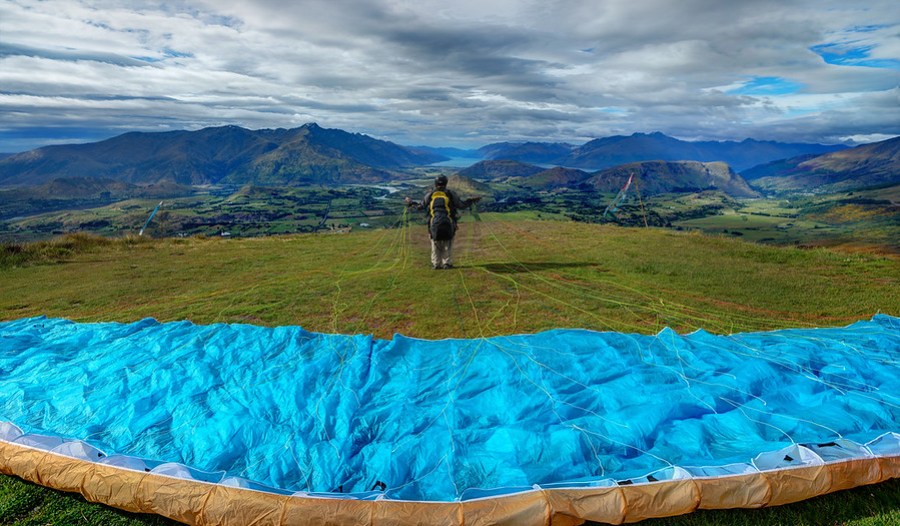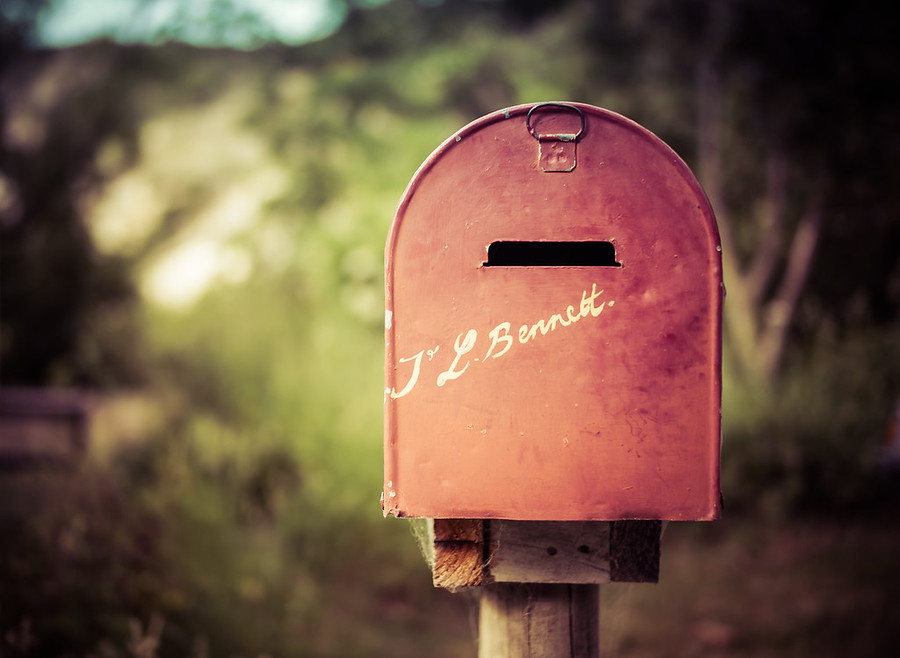Sony a7R Review – A Full-Frame Mirrorless Camera
The a7R is a high quality camera, as you’ll see below, but the latest and greatest in this family is the a7R III. To see the results of my real world testing for that model head over to the Sony a7R III Review.
Check The Latest Prices
Starting just under $2,000. For other camera recommendations, see Trey’s Gear and Tools.
- Check price of the Sony a7R on Amazon
- Check price of the Sony a7R on B&H Photo
My Sony Goodies and Lenses
You can pop over to my camera equipment page to see all my goodies, but I’ll just highlight a few here that are related to this camera. You’ll read more about these in the review below.
All the Sony a7 cameras have the same lens system — so if you see me use a7 or a7R or a7S — no worries — all the same lenses and stuff!
Sony a7R Review
Summary: Incredible! (said in an even more impressive French accent).
I’m never the first with my reviews because I like to take the camera out on a hard-hitting run before I post my opinions. You’ll also find my reviews not to be overly technical. To me, a camera is there to create interesting art. I like to bend the technology to my will and it’s just a tool in my hands. Don’t get me wrong, I’ll have plenty of technical details, but I won’t obsess on tech for the sake of tech. I’m much more into it for the sake of art.
Sony A7r Sample Photos
Throughout the review, you’ll see many samples of photos, like the one I took below. I think sample photos are a great way to show what the camera can do. Note that I unapologetically post-process my photos! Regulars here on the site are very forgiving (welcoming, in fact!) of this notion, but purists don’t like it. That’s okay. But, if you are new and interested in more about this style of photography, check out my free HDR Tutorial!
Video: Learning to use the Sony A7r
Below is a video I made where you can see what it was like when I was learning to shoot with the new Sony! I happened to be learning at the same time I was paragliding, so you get to see me learn two things at once! Also at the end is a tiny post-processing tutorial:
Sony A7r Review – Why I love it
It’s an unbelievable mix of four key things that make this a game changer: 1) full frame sensor, 2) interchangeable lenses, 3) small, 4) inexpensive. Add to that some of the best on-board smart electronics, and it’s a no-brainer for me. That’s why this is my main camera!
Huge Sensor
The full-frame sensor means you can get all the kinds of shots that you’re used to if you’ve been using something of this ilk before. If you’re not used to having a full-frame sensor, well, hang on for the ride. You can do things in low light and most any kind of shot that can be more challenging with a smaller sensor. It’s 36 megapixels too, which is absolutely insane.
I have a lot of friends that enjoy the Micro Four-Thirds system, which is also of course a good sensor size and system. But, honestly, that sensor size is four times smaller than this one. The basic physics of light and surface area simply dictates the superior performance of a sensor this size.
Interchangeable Lenses
Finally, a full-frame mirrorless system with interchangeable lenses! This of course means that you can use very very small lenses on this also-small body. At shipping time, there were only a few native lenses available, but your older NEX lenses will work pretty well too! See the shot just below that was taken with the Sony NEX 10-18mm lens. Amazing, I say!
You can get adapters to use most any other lens system out there, such as Nikon, Canon, or well, whatever. I put a very thin Leica adapter on my Sony A7r, and it’s very fun to use all of those lenses as well. There is a video on this below. You can certainly say that it is a problem that the Sony A7r does not have a lot of lenses available to it. I agree! But, there are plenty of other lenses out there you can just attach to this system. More on that later in the review.
Small
This camera is 4x smaller than the Nikon D4 and over 2x smaller than the Nikon D800 or the Canon 5D Mark III. Amazing! And, it’s not just the body, but also the lenses. Naturally, you can use all those other lenses here too with an adapter. For example, I am using the Sony Alpha 16-35mm lens with an adapter so I can get many of the wide-angle shots you see below. Soon, I’ll be able to replace that with a much (much!) smaller FE lens that can get the same angles.
Inexpensive
This camera is just under $2,000, which is a fraction of the price of most DSLR systems. You’re getting all the quality of the major DSLR bodies with none of the ridiculous cost. What a deal!
A Myriad of other advantages
There are many other awesome little things about this camera too! It’s over 2 times lighter than the Nikon D800 (almost 3x as the Nikon D4). It has a flip-out screen that is super handy for holding the camera down low or up high. The viewfinder is bright and gorgeous with all kinds of handy graphical overlays. It’s weather sealed.
Here’s one thing worth a whole paragraph: Focus Peaking. No, this is not a new thing. But maybe if you are new to mirrorless cameras (which many people are who are reading this), then this is a really handy way to nail your focus. Sure, autofocus is great, but sometimes when I am set up, I want to make extra-sure I have the bit that I want in focus. When you turn on focus peaking, you can see exactly what is in focus with a little red (or whatever color you choose) outline. It’s like a video game and very cool. See my video on using Leica Lenses with the Sony a7R video.
Because the A7r has an amazing viewfinder that I can attach my eye to and look inside, I can use the digital view to see that little red outline and be sure that I have the perfect bit in focus, even at 100%. Yes, some DSLRs have this, but it is often only on the back of the screen which is often difficult to see in Live View in the daytime. The A7r doesn’t have any of those troubles.
Sony A7r Versus the A7ii
This is a tough question! I do have both, and I still use the A7r for most of my landscape shots because of the 36 megapixel to 24 megapixel advantage. If you’re shooting on a tripod, like I often do, then you’re better off with the A7r, I think. The A7ii REALLY shines with handheld shots because of the stabilization, and that is when I often switch to the A7ii.
Having said that, if it is the stark middle of the day and quite bright, I don’t think image stabilization gets you anything because your shutter speed will be so fast anyway. I think the A7ii is best for medium and low-light situations when handheld camera-shake becomes an issue. But then, you see, we have yet another variable in the equation, the A7s, which is undoubtedly better than the A7ii in low-light situations. But that drops us down to 12 megapixels. Anyway, there’s almost too many variables to consider for any waking mind.
Sony a7R – First Three Lenses
Note these work for all the Sony A7 cameras! 🙂
- Sony FE 24-70mm f/4 (Amazon | B&H Photo) – A great mid-range lens the covers wide to mid-range zooming. See more on the Sony 24-70mm review.
- Sony FE 70-200mm f/4 (Amazon | B&H Photo) – I’m so impressed with this lens! I feel like I get just as good of results with this lens as I did with my Nikon 70-200 f/2.8. See more on the Sony 70-200mm review.
- Sony FE 16-35 f/4 (Amazon | B&H Photo) – I’m so excited about this lens! This is the first full-frame wide angle lens that fits the eMount on the Sony a7 line of cameras.
Attaching Leica Lenses
I made this video here that shows how I used four different Leica lenses on the Sony A7r.
The Sony NEX 10-18mm on the Sony A7r
Even though I currently use the Sony FE 16-35 f/4 lens (Amazon | B&H Photo) for wide-angle shots, I wanted to add this little section about the Sony NEX 10-18mm cropped lens, because I used it for quite a while before the 16-35mm was released.
You can see more on the full Sony 10-18mm Lens Review, but the end result is that it worked great with no adapter on the Sony A7 series cameras.
But the advantages of the NEX 10-18mm are manifold! You basically get to move it between 12mm-17mm without seeing the ring around the outside. And yes, you get the full-frame goodness of the 36 megapixels of the Sony A7r! That’s much wider than the 16-35mm. The distortion is pretty much exactly the same on both cameras, as you can see in the video review. Even better, the NEX lens is over 2x lighter, 3x cheaper, and a fraction of the size.
Things I don’t like and hope Sony Fixes
First, I hope they do release more lenses very soon. I don’t mind uses lenses from other systems. It’s easy enough; it’s just that they are a bit big. I still prefer to use those other lenses on this system because the A7r body itself is so dang smart and high-quality. Once I can get smaller lenses though, then everything will be ultra perfect. First, I want a good wide-angle zoom. Second, I’d like a good general purpose zoom-lens. That should just about do it for me, personally. I’m very happy with the Leica lens mount I already have and the ability to use all of those incredible lenses that have been around forever.
Second, I’d prefer if the Autobracketing was smarter and more configurable. This has always been frustrating for HDR photographers who know it is just simple software. I would like to be able to click the shutter button, then after a 2 second pause it automatically takes a configurable number of shots at different exposures.
Third, I’d like to be able to configure the buttons myself more. The zoom-in button is really tough to press when I have my left eye (my only good eye) into the viewfinder. I almost have to scratch my cortex with my thumb to zoom in!
More Sample Photos
More about Sony and Me
Sony doesn’t sponsor me or anything. They got me an early camera to test, but I also bought one. I also bought a bunch of Sony NEX-7’s and NEX-6’s when I switched away from Nikon last year. Nikon didn’t sponsor me either… I wrote a full story about switching from the Nikon to the Sony. You may find additional information there if this is an area of interest for you! I also wrote about my first impressions of Sony’s a7 and a7R mirrorless cameras.















































